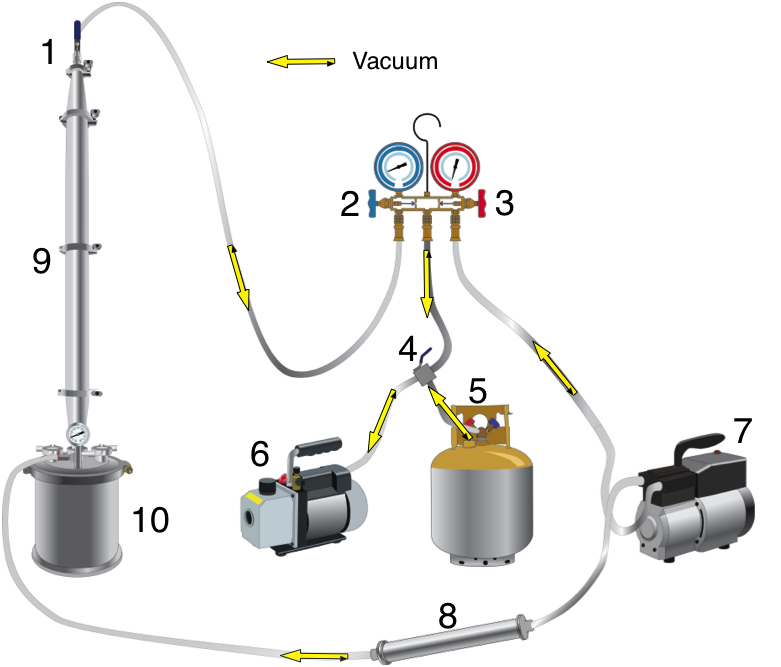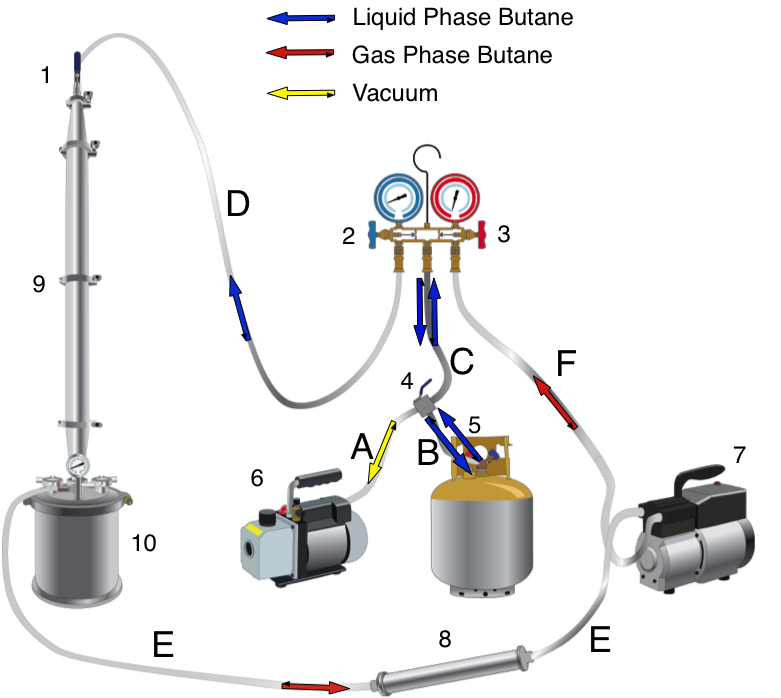BHO-tard. noun. A person making butane hash oil that is aware of the following mistakes, but does not heed the warning:
- Blasting indoors
- Placing butane containers in the freezer
- Open blasting onto electric griddles
- Purging over an open flame
- Ignoring static electricity
BHOtard is a derogatory term. There’s no need to belittle people who make mistakes, but if they were aware of the consequences of their actions and ignored them, they might just be a BHOtard. Should something go wrong, the consequences could include potential death, 3rd degree burns, and multiple felonies.
Here are 57 pages of the icmag BHOtards thread. There are some common recurring themes in the thread and in the news. Here they are:
Blasting indoors.
This breaks the golden rule of hash oil extractions. Under no circumstance should anyone ever blast indoors. It is not safe. Under no circumstance should anyone ever blast indoors. It is not safe. Under no circumstance should anyone ever blast indoors. It is not safe.
A common element to all extraction disasters cited in the news is that people were blasting indoors. This is inexcusable. There is no reason to do this. It is unsafe. Butane molecules like to stick together and have a tendency to clump into a pool. It has a higher density than air, and therefore will fall to the ground waiting for the ignition source to spark a disaster.
Butane is relatively odorless and invisible – i.e. you can’t detect it with your 5 senses. There isn’t a safe way to get it out of an enclosed space if it accumulates. There are multiple ignition sources indoors. This makes blasting indoors extremely unsafe, even if you could sense butane’s accumulation.
Simply put, you put the lives of others in danger by blasting indoors. If that doesn’t compel you, your insurance policy will not cover such residential “manufacturing practices” – i.e. you are liable for any damages you incur, including bodily injury. DO NOT BLAST INDOORS!
Butane in the freezer.
Some open blasters try to replicate the process of making live resin by freezing their butane in freezers. This is a very bad idea. Numerous stories show that butane has the capacity to leak out from the butane can, fill the freezer with gaseous butane, and find an ignition source. This is similar to putting a bottle of soda in the freezer – it expands and explodes!
What happens is that part of the butane can is in the gas phase and the majority is in the liquid phase. Shake up a can of butane to prove it to yourself. There is a maximum allowable fill capacity for these containers. When they’re frozen, it increases the amount of liquid butane in the can. When butane in the gas phase turns to liquid, the liquid takes up more space than the gas. That liquid causes the can to expand and leak butane.
While cooling butane in a closed loop system with a cooling coil can be done safely, it can not be done safely in the standard cans that are used to fill butane lighters. The containers were never made to do this safely. DO NOT freeze cans of butane – you put other people at risk of burns and death. If you can’t think about the sake of other people, consider that most people who cause such accidents receive a felony arson charge and lose their liberty, along with some burns.
There is no excuse and no good reason to freeze the butane, regardless of how fire the extract will be as a result of getting cold butane.
Electric griddles.
Plenty of YouTube videos show people performing open blasting directly onto pyrex dishes. While there is nothing inherently wrong with that, people make the mistake to blast directly onto these dishes while they sit on top of an electric griddle. It’s a very bad idea.
Blasting directly onto electric griddles is a problem because there is a high concentration of butane that is evaporating off the warm pyrex dish. Those evaporating clouds find their way to the power cord, where there is an electrical current, and the cloud ignites. Meanwhile, the person blasting is holding onto a glass or PVC tube that’s dripping with liquid butane with an open can of butane affixed to the top of the tube.
This leads to a situation where the person doing the blasting is exposing themselves to shrapnel from glass and metal. If you’re going to open blast, blast onto a pyrex dish over a hot water bath instead, and do it outdoors.
Open flame purging.
For fuck’s sake! Who would think to do this?!? Or rather not think about the consequences. Do they not think that lighter fluid is used to make flames when released in small amounts? Have they not imagined what a cloud of butane would do in comparison?!?
Some BHOtards, I mean people, have taken it a step past electric griddles – they use an open flame under a hot water bath, with that pyrex dish sitting on top. Under no circumstances should anyone ever have an open flame near butane. For the sake of your life, nothing that creates heat, electricity, or flame has any business near butane extractions.
Static electricity is real.
Although it’s not as prevalent as the other mentioned ignition sources, static electricity is real and can cause gaseous butane to ignite. It’s easily caused by synthetic clothes, where the fabric rubs against another charged surface. The synthetic garment can carry the charge and be discharged at the most inopportune moments. When static electricity discharges under the right concentrations of butane, it can ignite the butane.
Now I’m not suggesting that one needs to wear a static free jump suit that tethered and grounded, but I am saying wear something like cotton and leather soled shoes that won’t have the tendency to build up static.
Closed loop system disasters.
Closed loop extractors are a million times safer than open blasting. They contain the butane solvents rather than letting it escape into the atmosphere. Still, this is no excuse to blast indoors. Mistakes happen and all mechanical systems fail. There are a few wear items that every CLS operator needs to keep in mind.
The most common wear item is tri-clamp nuts. They repeatedly get torqued and removed. These cycles of wear reduce the ability of the nuts to hold a tight seal. They are wear items and every CLS should have a good supply of them on hand and replace them when the threads wear out.
The second most common wear item are tri-clamp gaskets. Just like the nuts, they get repeated cycles of wear from the force of being clamped down. These too should be in the spare parts box of your CLS.
The NPT flare fittings that secure your stainless steel braided hoses wear out over time. This occurs on both Stainless Steel Hoses and on the male side of the threads that are on the extractor and recovery pump. They wear out at a slower rate than nuts and gaskets, but you should still keep an eye on them and inspect from time to time.
As always, if you have any questions please post them in the comments section. Your questions and time are valuable and we will make every attempt to help you through your process.



